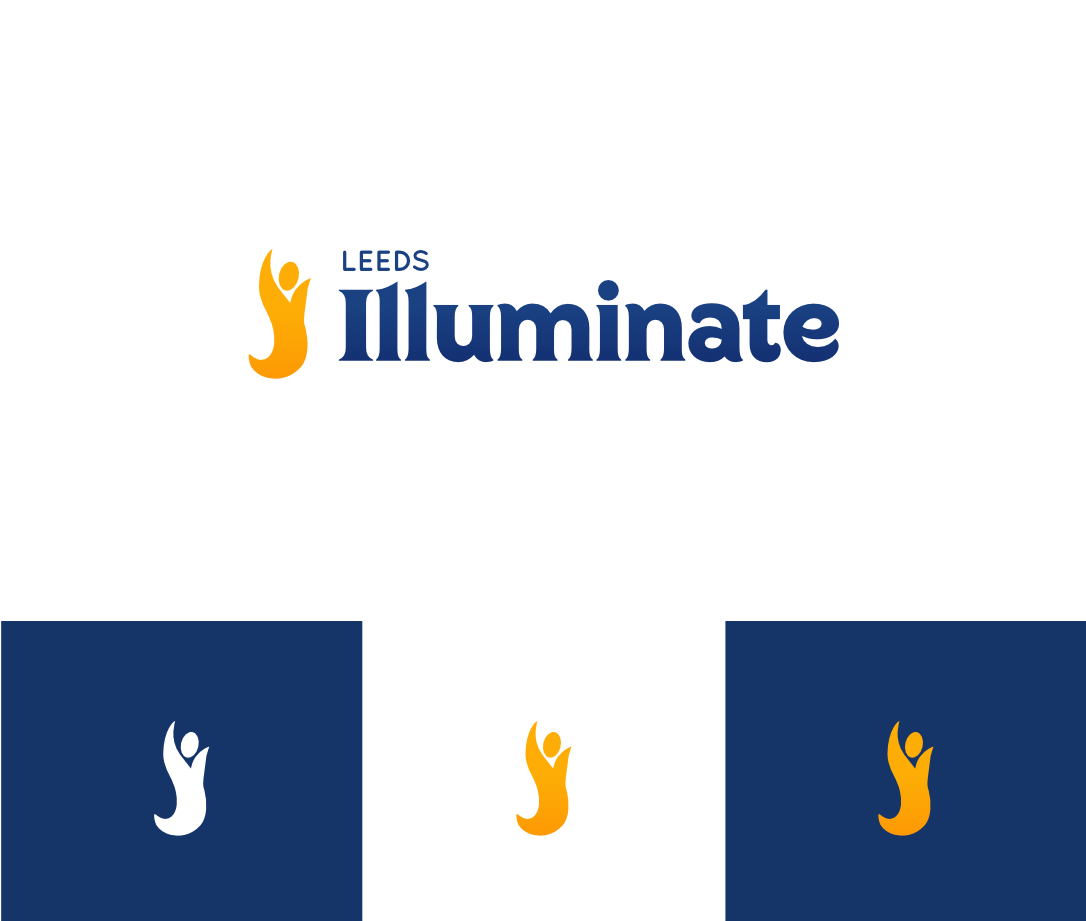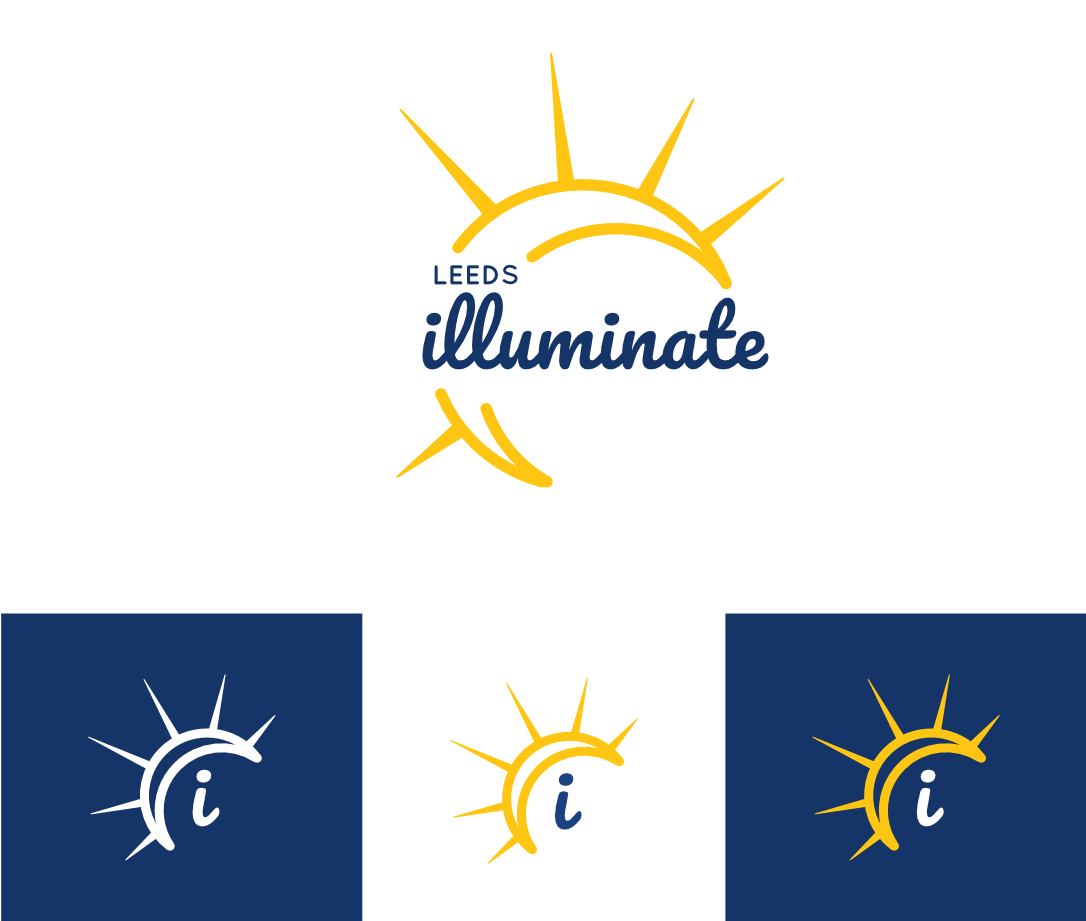
Logo Design: The Step-by-Step Process
So I hear people love to see the process in how designs come into being. It offers some transparency, insight, and can help to establish a good expectation as far as processes go. So here we go!
Step 1: Preliminary Conversations
Each project always starts with a conversation with the client. The purpose here is to do several things.
First, understand the business and how it operates. What do you do? It’s important to articulate your business clearly. Who are your partners? How do you get business? Who is your audience/customers? I don’t need to know ins and outs of day to day operations, but I should be able to get an understanding of how the wheel spins.
Second, identify the problems. Design solves problems. It largely is method of clarifying communication or how we interact with products, services, or businesses. And honestly, people wouldn’t seek out a designer if not to fix one of those areas.
Once I understand how my expertise can help a client, I can dig further into understanding the problem(s) to a greater depth.
How does my work fit into the picture? Part of a good relationship is setting right expectations early. What’s the timeline? Shorter deadlines will always reduce work quality. A project that could normally take one month to complete, but needs to be finished in one week. Imagine the difference of having 10 minutes to do your grocery chopping versus doing the same amount of shopping in 10 seconds. This condensed timeline inherently reduces the level of refinement that needs to happen with time.
Budget
People hate talking about money. I get it, I do also. Again, it’s about expectation and we all need to get paid. Before any work begins, preliminary concepts and sketches included, a proposal is created that outlines the scope of work.
What’s your rate? Ready for a paradigm shift? I don’t have an hourly rate. My time is not for sale.
Each project is value-based, meaning that for both the client and myself the work has an inherent value not based on hours but the quality and expertise of the work.
Determine the course of action
So now I know the nature of your business, we’ve identified the problems, determined that design is a solution, established expectations, and most importantly, we’re a good fit for each other I can begin the design process.
Step 2: Competitor Benchmark, Research

Let’s look at logo design just to keep this simple. I may typically have an idea in mind, but just to be thorough I will do some research on existing competition that is relevant to a particular industry and subject matter that is outside the industry. The purpose here is to get a broad view of what standards are being followed and what design elements are typically incorporated.
This is the benchmark for where the work begins. A visual comparison helps determine where there is opportunity for differentiation.
Brainstorming
A list of keywords is created to help with the visualization process. This a type of word association exercise that could be connected to the development of a brand, the logo being the base element of any brand.
Color Selection
Not all existing colors translate well to creating a logo. Too many colors is not ideal either especially when it comes to how well 7 colors translates into black and white as well as printing costs. Here, simple is better. Ideally no more than three colors, MAX.
Understanding color theory and psychology is important. Different cultures have completely different response to color. Where Asian cultures think of red as an auspicious color, African cultures connect it to blood and trouble.
Mood Board
This brings elements of inspiration together, loosely displayed. Its purpose is to convey a feeling (mood) and serves as a reference tool for how to start tying these images and concepts into the brand.
Step 3: Preliminary Concept Sketches
Research, done. Now exploration with quick sketches of ideas that explore iconography, typography, artistic elements and principles. I can go through dozens of sketches before digitizing one.
This is a process of refinement, typically a reduction of elements that work toward minimal, clean, and a well-balanced design. There is no limit to this process. When I feel that a concept isn’t quite working, it is put to the side. It’s not uncommon that I later revisit old designs, even from different projects, and find inspiration to carry over. By the time I’m ready to sit at the computer, I have three arrangements to show.
Step 4: First Logo Designs
The three preliminary designs are cleaned up, color applied, and prepared for presentation. I share some of the competitor benchmark research so everyone has an understanding of the design choices.
With concepts explained, I welcome constructive feedback without taking design direction. This is my specialty, and not everyone is a designer. After conversations and feedback is received refinement is made to just one of the concepts presented. From there it is a wash, rinse, repeat of the refinement/presentation cycle for a total of three presentations with the expectation of the third being the final proof.



Final Delivery
That’s the cycle in a nutshell. It’s also typically the process for other design work outside of a logo design. The process helps to keep work organized to produce a proof and receive feedback but also make progress.
Again, refinement is necessary which is why realistic understanding of what it takes to design a logo is necessary. Set the right expectations. Of course if you just need a quick logo you can always find cheap work out there. Always keep in ming you get what you pay for. Including knockoffs and a non-functional design.